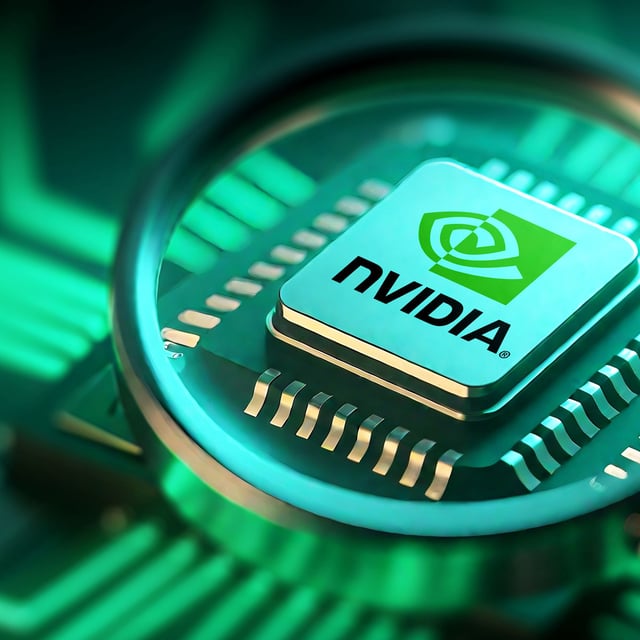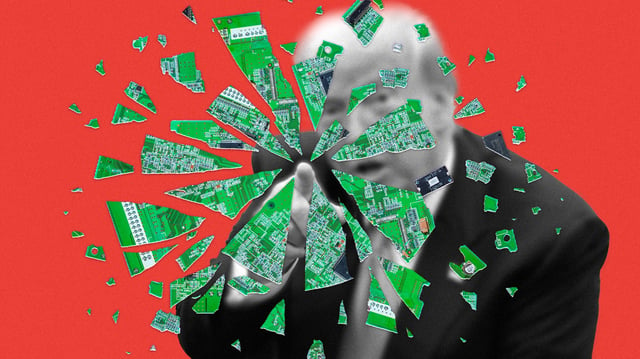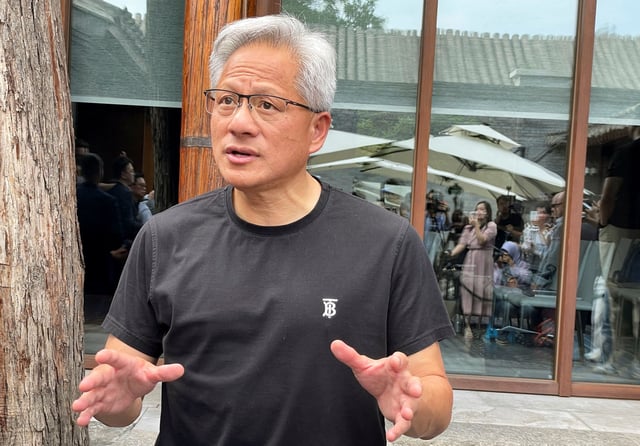Overview
- Lawmakers introduced the Chip Security Act in May to mandate that export-controlled AI processors embed location-verification mechanisms within six months of enactment.
- The White House Office of Science and Technology Policy is exploring software or hardware approaches to enable chip-level location tracking, according to senior official Michael Kratsios.
- Nvidia’s chief security officer, David Reber, published a blog post denying any built-in kill switches or backdoors in its GPUs and warning that such features would create exploitable vulnerabilities.
- Chinese regulators summoned Nvidia representatives to Beijing this month to probe alleged security risks in the H20 chips and to question U.S. proposals for on-chip tracking.
- An estimated $1 billion worth of high-end Nvidia GPUs has been smuggled into China despite strict export controls, highlighting persistent enforcement challenges.



